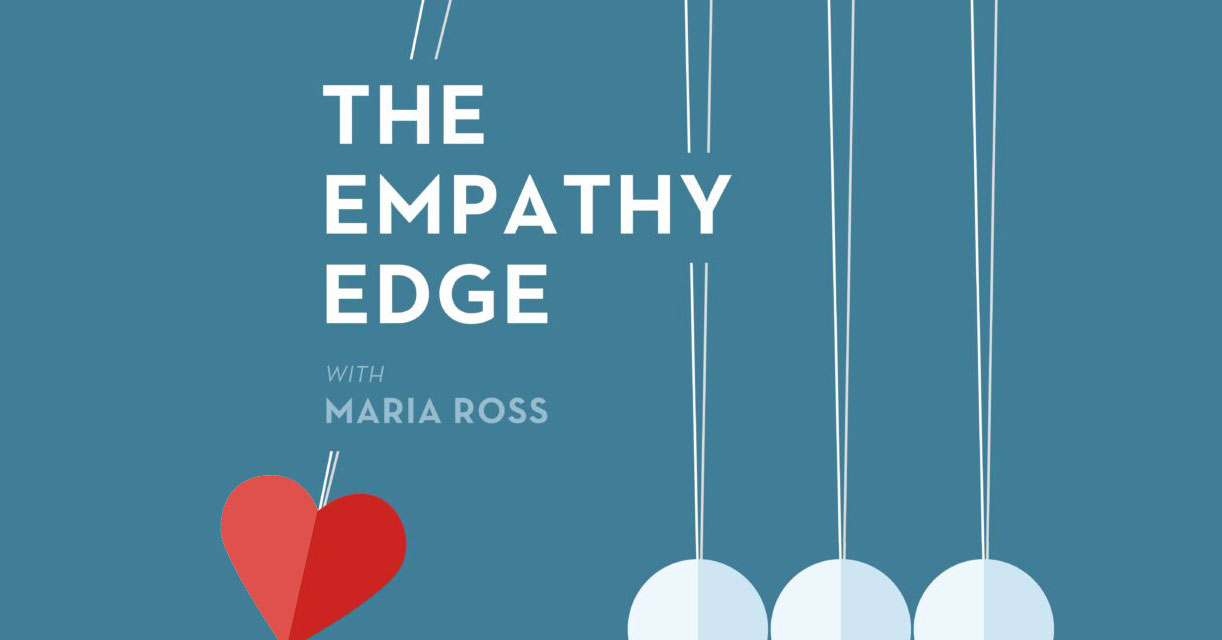When people do something audacious and almost unimaginable, I tend to soak up their wisdom. They are the brave, after all. The bold. The ones who dare step off the cliff and test how deep the water really is while the rest of us bask safely on shore.
Wendy Hinman is a writer friend of mine who has lived an extraordinary life. She sailed the Pacific with her husband for 7 years, returned changed and wiser, and has written a book about her adventure, Tightwads of the Loose: A Seven Year Pacific Odyssey. Today’s she shares four lessons about life and success learned on that ocean voyage. Enjoy….
You can do amazing things one day at a time.
If someone had told me years ago that I would sail 34,000 miles over seven years on a small sailboat, I’d never have believed it. But I didn’t do it all in a single day. I covered those miles one day at a time. (Tweet!) And that’s how you can reach your goals: in little steps, that quickly add up to significant milestones. The same was true when I wrote my book.I began by writing a scene each week for my writing group–a little story or anecdote about the challenges we faced while sailing. They made suggestions, and before long I had enough to fill and shape a full-length book.
Some of the most satisfying things in life come from overcoming challenges.
People often dream about kicking back and relaxing, but it’s often the biggest challenges we face that make us feel the most alive. I learned the rewards were richer the harder I had to fight for them. Making landfall after 21 days of non-stop sailing was a big deal, and I appreciated the place I’d reached even more because it was hard to get there. (Tweet!) I relished the lush vegetation, the rocky spires that jutted into the sky, and the cool waterfalls all the more.
If you don’t push yourself, you don’t know what you’re capable of.
We faced countless challenges and many moments we thought might be our last. We faced storms, typhoons, reefs, broken equipment and some shady characters whose intentions were uncertain at best and tested our resolve and endurance in rough conditions. Some days I doubted I could take any more. (Tweet!) On our last passage, after more than 46 days of non-stop sailing–not seeing another human being besides my husband for over a month and a half–a storm drove us offshore for another three days. I didn’t think I could take another moment. But given no choice, not only did I survive, I accomplished something few others ever have.
It helps to keep a sense of humor.
After ten days sailing in horrible weather, waves crashing over me, the boat interior damp and mildewy beyond belief and a sewage problem the CDC would have quarantined, I was thoroughly miserable. But I reached a point where I grew bored with my misery. Bundled up in the cockpit under an avalanche of saltwater, it occurred to me that I would face this for several more days, whether I liked it or not. My attitude could make the difference between misery and happiness. I began to notice the absurdity of my situation and from that moment, though I still faced horrible conditions, I found myself chuckling, imaging how I would describe it to friends afterward. Stepping out of that moment mentally helped me see it objectively as temporary and survivable–mere discomfort in the grand scale of life. I’ve realized the toughest situations make for the best stories, (Tweet!) so I try to think about them from the perspective of a writer with new-found “material.’
About Wendy: Wendy Hinman is the author of Tightwads on the Loose: A Seven Year Pacific Odyssey, about her 34,000-mile voyage aboard a 31-foot boat with her husband, Garth Wilcox, to whom she’s still married and still happens to like. Wendy Hinman’s stories have appeared in a variety of publications. One of them was published in the anthology, We Came to Say, and another won a Solas Traveler’s Tales award for best travel writing.




